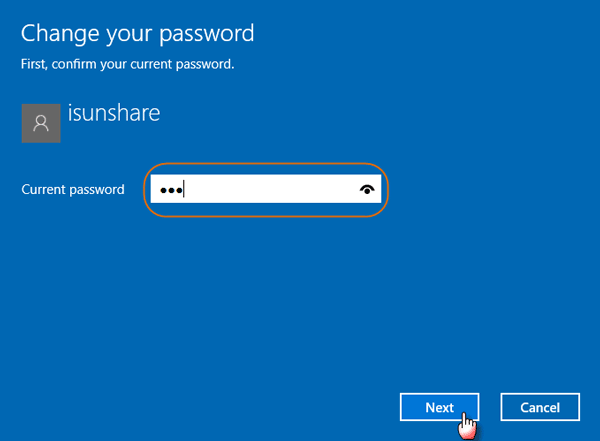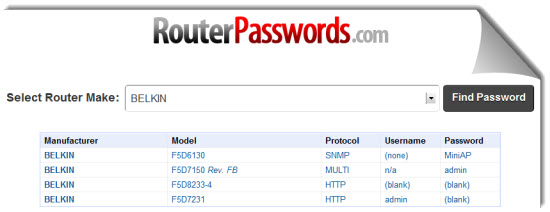

- #LINUX LITE DEFAULT ADMINISTRATOR PASSWORD CRACKER#
- #LINUX LITE DEFAULT ADMINISTRATOR PASSWORD PASSWORD#
- #LINUX LITE DEFAULT ADMINISTRATOR PASSWORD PC#
- #LINUX LITE DEFAULT ADMINISTRATOR PASSWORD WINDOWS#
Sudo can be setup with a much more fine-grained security policy.
#LINUX LITE DEFAULT ADMINISTRATOR PASSWORD PASSWORD#
Since the Root account password is locked, this attack becomes essentially meaningless, since there is no password to crack or guess in the first place.Īllows easy transfer for admin rights, in a short term or long term period, by adding and removing users from groups, while not compromising the Root account. What they don't know is what the usernames of your other users are.

#LINUX LITE DEFAULT ADMINISTRATOR PASSWORD CRACKER#
It is also nice for auditing.Įvery cracker trying to brute-force their way into your box will know it has an account named Root and will try that first. If you mess up, you can always go back and see what commands were run. Sudo adds a log entry of the command(s) run (in /var/log/auth.log).
#LINUX LITE DEFAULT ADMINISTRATOR PASSWORD WINDOWS#
the tendency by users to login as an "Administrator" user in Microsoft Windows systems), you will be prompted for a password before major changes can happen, which should make you think about the consequences of what you are doing.

It avoids the "I can do anything" interactive login by default (e.g. the root password), which they are likely to forget (or write down so anyone can crack into their account easily). Users don't have to remember an extra password (i.e. There are several good reasons not to login as root but use sudo instead including This is normally not a good idea however and you should consider very carefully before enabling the root login. By default it is locked in Ubuntu but you can enable the root account. In Linux there is a special account called root. Pkexec users-admin will open the users screen: Documentation Note: Running users-admin with elevated privileges no longer works because of a bug that is marked as "Won't Fix" for security reasons. Passwd root will allow you to create a password for root. Pkexec gnome-terminal will open a terminal with a root prompt. More information on why to stay with sudo here Graphical version needs setting up 1st: Only do this if you know what you are doing. If you want to work on a root console you can also use sudo -i. If you want to disable root account in Ubuntu you need to lock the root account by using the following command sudo passwd -l root Alternatives to root login This should return passwd: password expiry information changed Write it twice (second for confirmation).

You will be prompted for a new Unix password. So, first execute in a terminal sudo passwd root If you don't set a password for the root account the passwd command will return passwd: unlocking the password would result in a passwordless account. To actually enable root logins first you have to set a password for the root account and then unlock the locked root account.
#LINUX LITE DEFAULT ADMINISTRATOR PASSWORD PC#
So don't do that to bypass the protections that have been set in a corporate domain against such personal use of a PC you don't really own and have no right to adminsiter yourself.While it's possible to do, it is not recommended. It may also not work if the encryption password comes from the TPE module which won't allow you to boot from the external drive which was not first allowed to run as it was not signed.īut anyway it's good to signal users that their Windwos password is not a real protection for their data, and that it can be easily cleared in most cases: suppose your PC is stolen (or seized by the police/justice.), they know what they can do easily to enter your drive and get access to all the contents.Īlso clearing a password this way may invalidate all access tokens that allow you to use some remote sites or storage that will need a new authorization, because the SAM database will no longer have the necessary access tokens.Your PC will then be "disconnected" from a secure corporate domain and you'll need to contact the domain admin to reauthorize your PC (and fbefore they accept to reconnect you they'll want to inspect your PC, and may force you to resintall it completely). If you have encrypted it using the storage option of Windows, you won't even be able to mount the volume correctly and edit its content from an external tool to clear the password stored in the SAM registry file, you first need the password. This only works if your Windows drive is not encrypted.


 0 kommentar(er)
0 kommentar(er)
